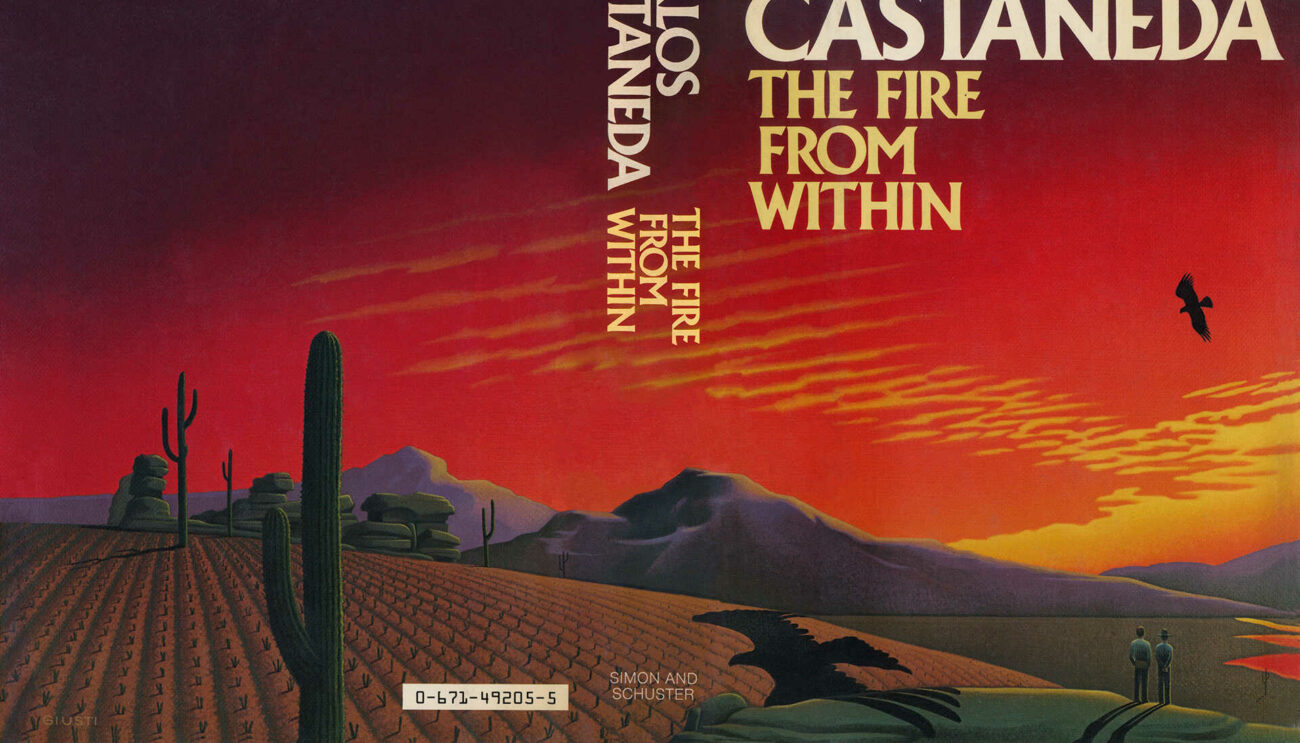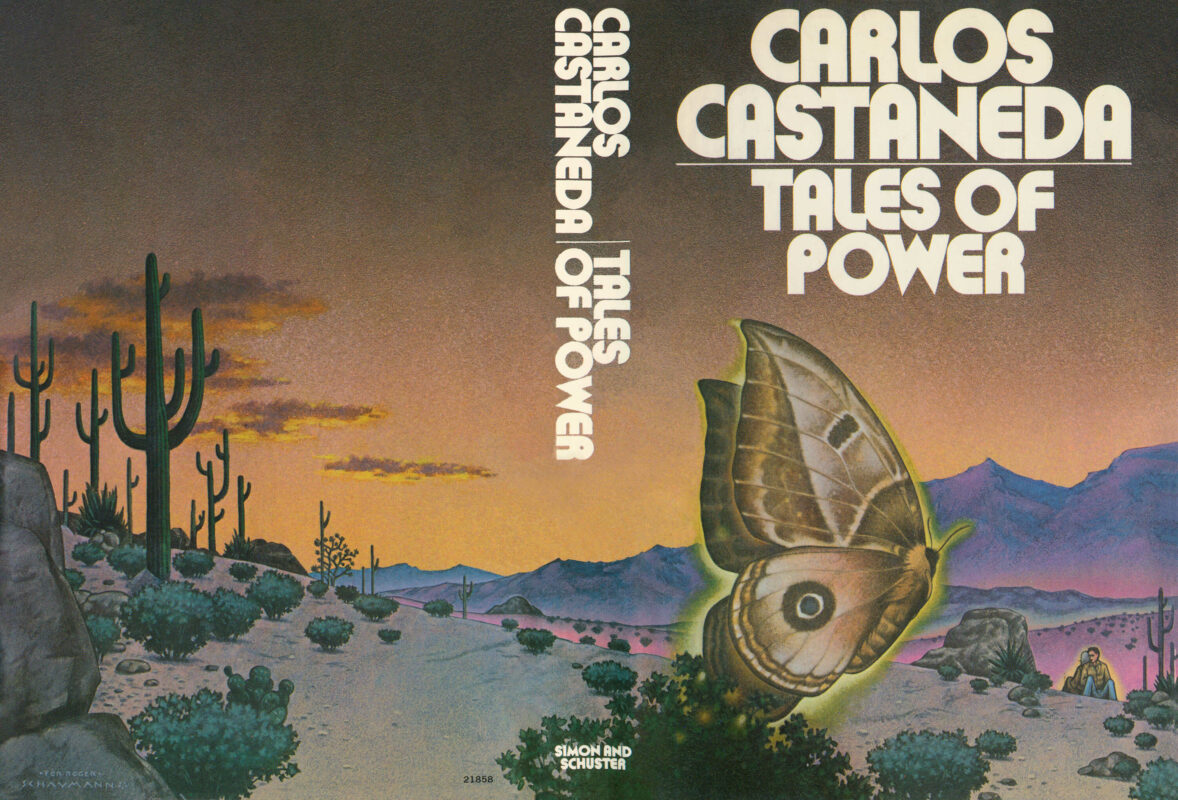The First Attention
Don Juan begins to explain the “first attention,” which he defines as the highly developed, complex awareness that handles our day-to-day world. He states that this attention is responsible for taking an “inventory” of the Eagle’s emanations within our cocoons, a process unique to humans. He differentiates between “reason,” which ignores external impulses, and “self-absorption,” which uses them to agitate internal emanations, shortening life. The new seers, through “seeing,” understand that the first attention blocks the unknown, making us “invulnerable” but also limiting our perception. Don Juan, with Genaro’s help, demonstrates this by opening a door to “weird creatures” that Carlos’s first attention initially blocks from his perception, highlighting how our ordinary awareness acts as a shield against other realities. This experience leads to a hasty departure from Genaro’s house, as Carlos’s “first attention” is overwhelmed by the unknown.

